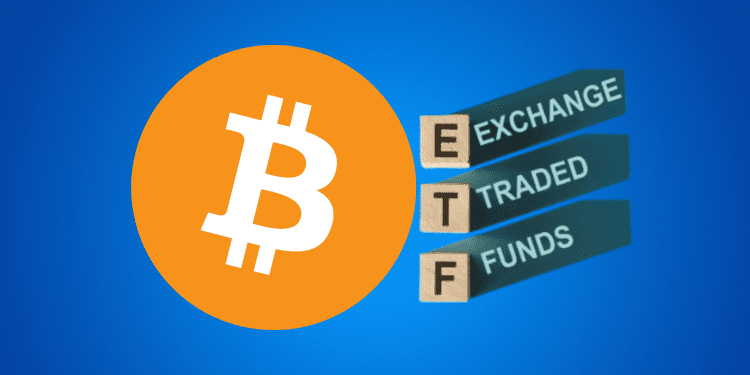- Nine spot Bitcoin ETFs have purchased over 100,000 BTC worth $4.1 billion in just seven days after launching, showing massive institutional demand for direct Bitcoin exposure.
- ETFs seeing the most significant inflows are BlackRock’s iShares Bitcoin Trust (IBIT) and Fidelity’s Wise Origin Bitcoin Fund (FBTC), accumulating over 66,000 BTC between them.
- In contrast, Grayscale’s Bitcoin Trust (GBTC) has been dumping large amounts of Bitcoin, selling over 82,000 BTC worth $3 billion since launching, contributing to Bitcoin’s price decline.
Nine spot Bitcoin exchange-traded funds (ETFs) have purchased over 100,000 BTC worth $4.1 billion in just seven days after launching trading. This massive influx highlights the growing institutional demand for direct Bitcoin exposure.
Massive Demand from Major Financial Institutions
The ETFs seeing the most significant inflows include BlackRock’s iShares Bitcoin Trust and Fidelity’s Wise Origin Bitcoin Fund, which have accumulated 37,304 BTC and 29,232 BTC respectively. Other top buyers are the Bitwise Bitcoin ETF and the ARK 21Shares Bitcoin ETF.
In contrast to the buying spree from other ETFs, the Grayscale Bitcoin Trust (GBTC) has been dumping large amounts of Bitcoin, to the tune of 82,526 BTC worth $3 billion since launching. This selling pressure has contributed to Bitcoin’s recent price decline.
Rapid Accumulation Compares to MicroStrategy
The over 100,000 BTC purchased by spot ETFs in just seven days represents 53% of MicroStrategy’s entire Bitcoin holdings accumulated over the past three years. It took MicroStrategy around 300 days to reach 100,000 BTC.
ETF Trading Fees and GBTC’s Impact
The massive outflows from GBTC have been attributed to its high management fees compared to competitors. While other ETFs charge 0.2% to 0.4%, GBTC has fees around 1.5%. Some have also speculated the selling is related to collapsed crypto exchange FTX’s GBTC holdings.
Regardless of the reasons, GBTC’s actions stand in stark contrast to other ETFs rushing to meet institutional demand for Bitcoin exposure. The rapid accumulation underscores Wall Street’s growing appetite for accessing Bitcoin through traditional structures.














